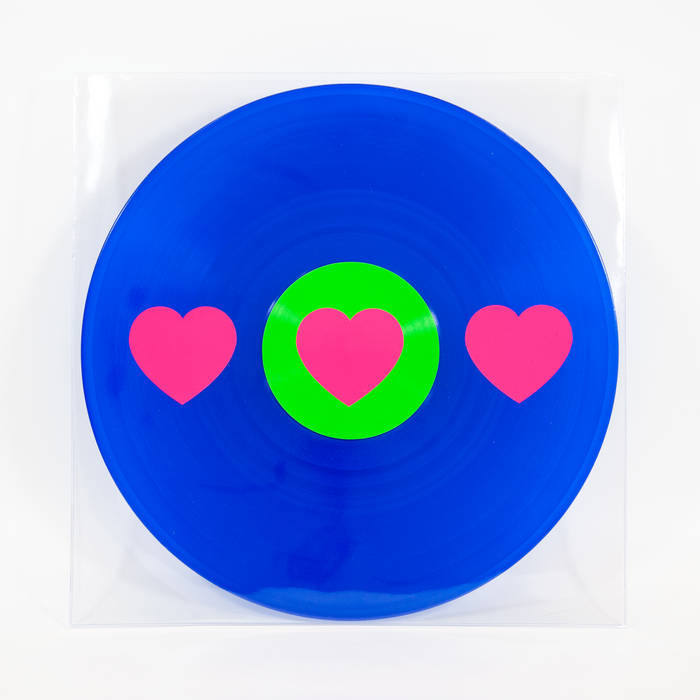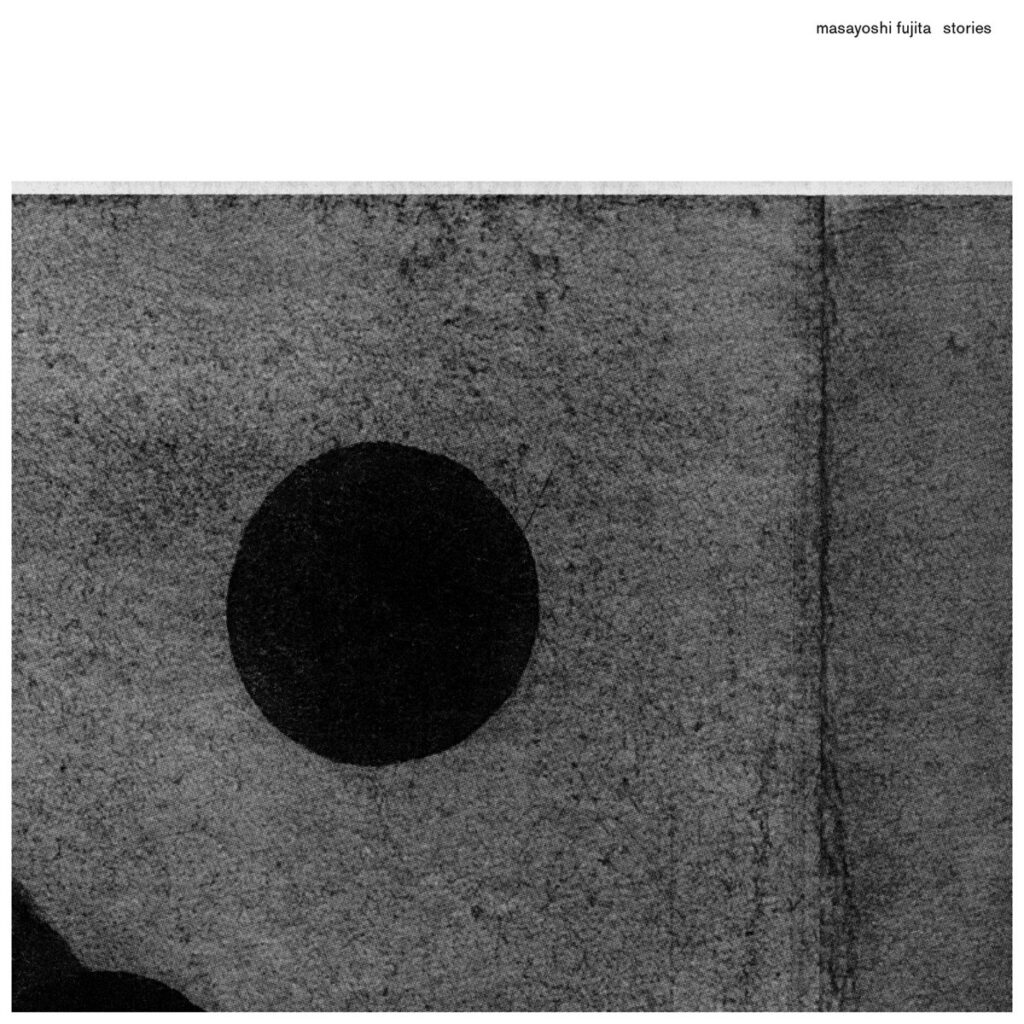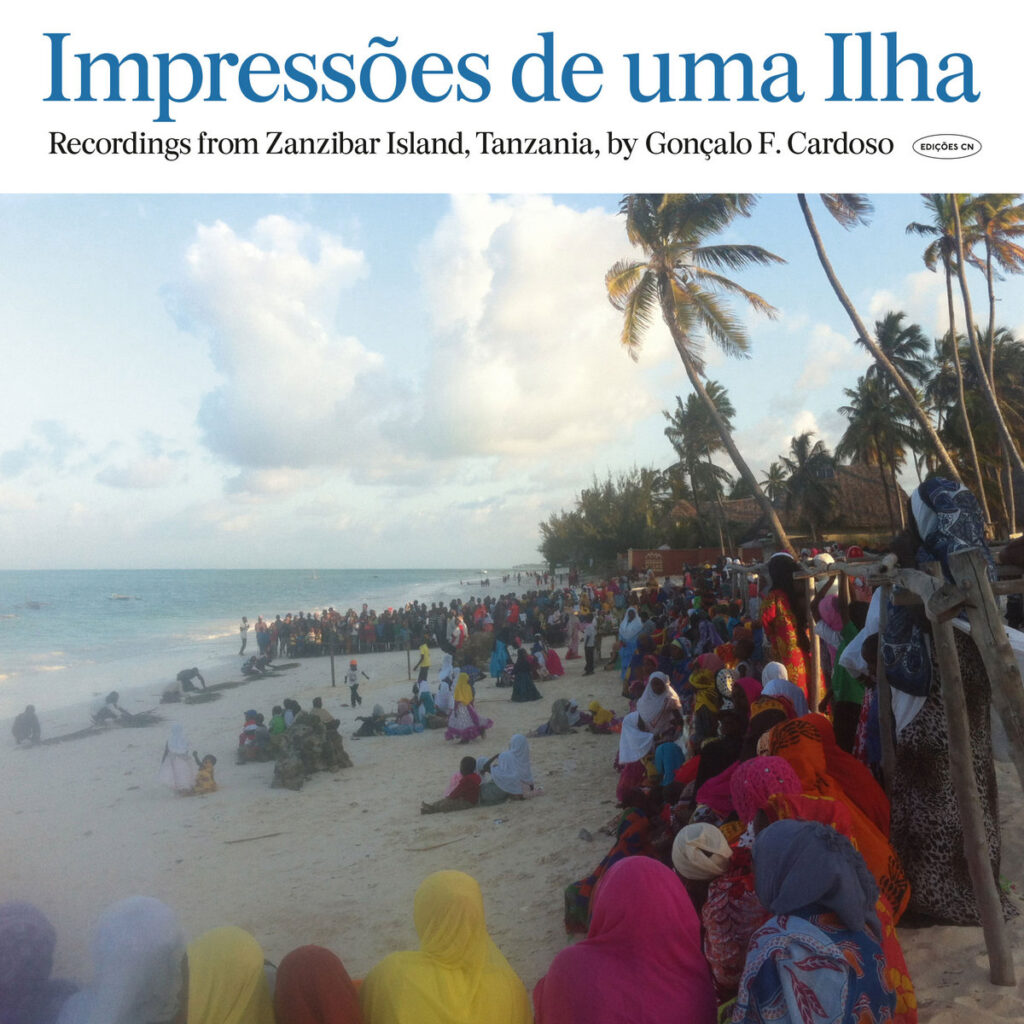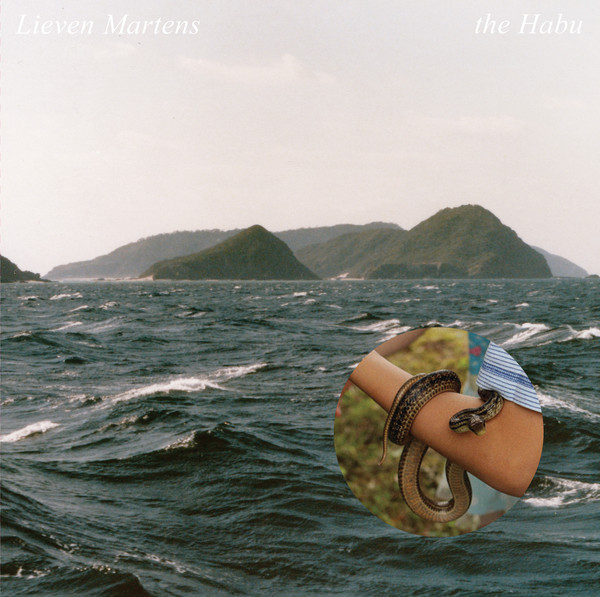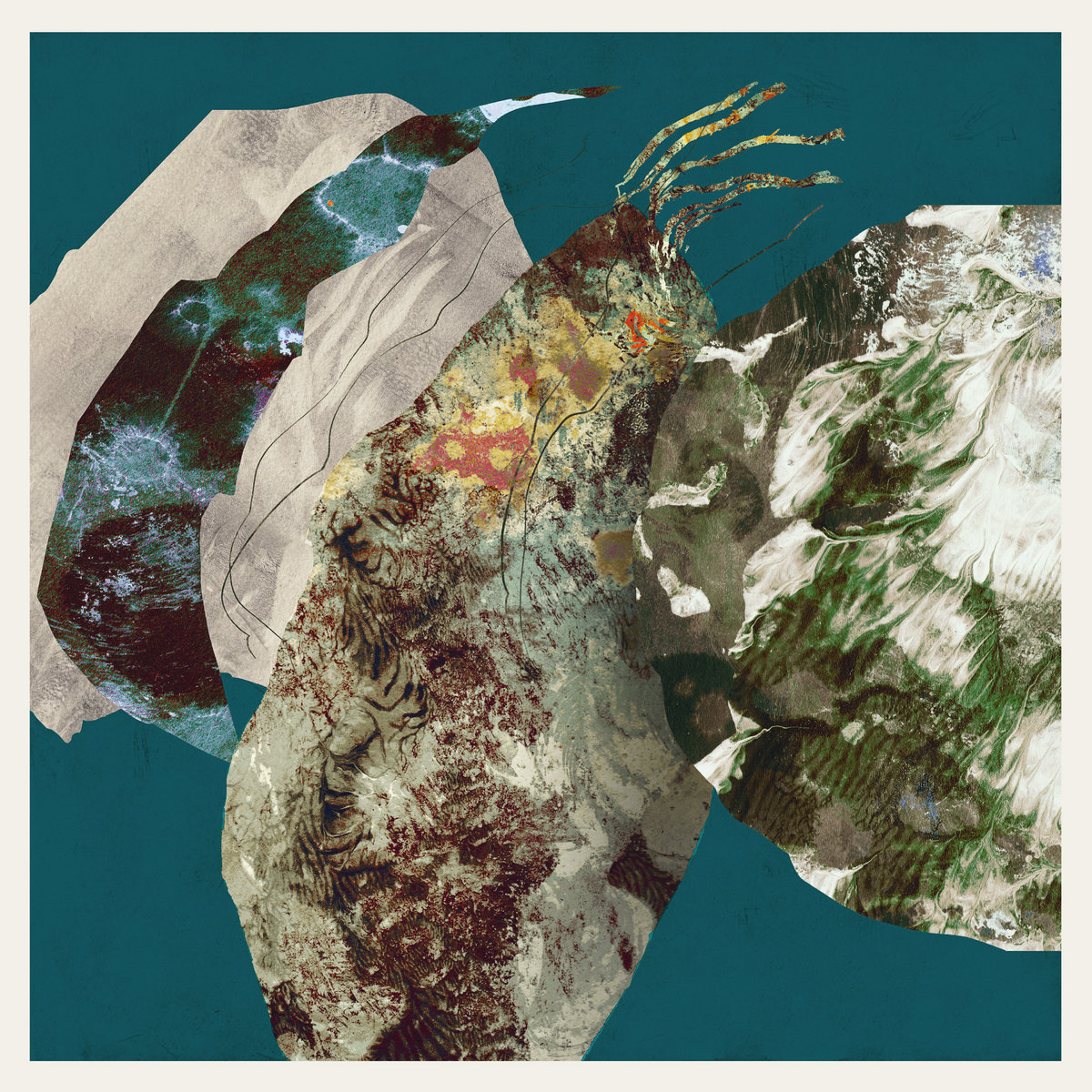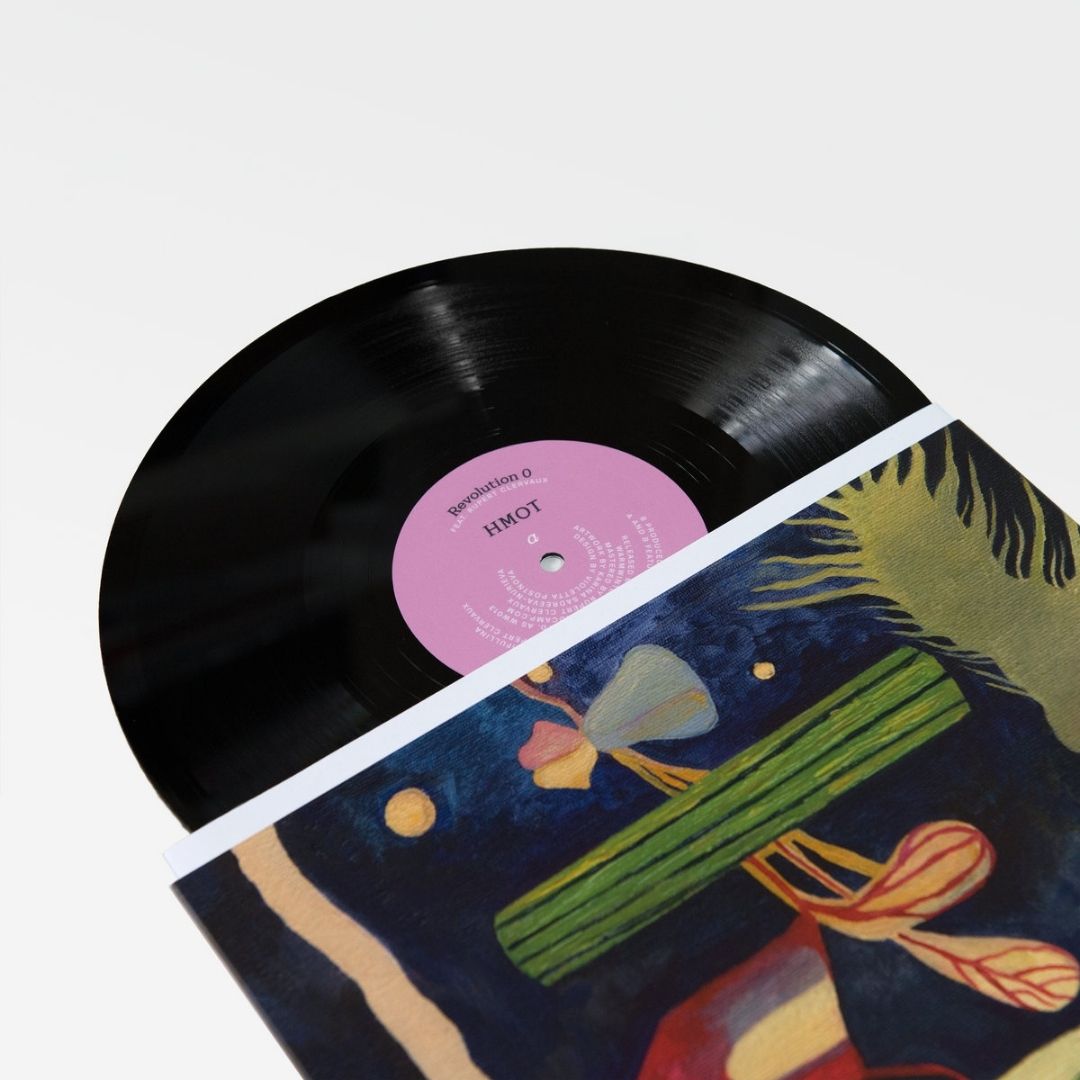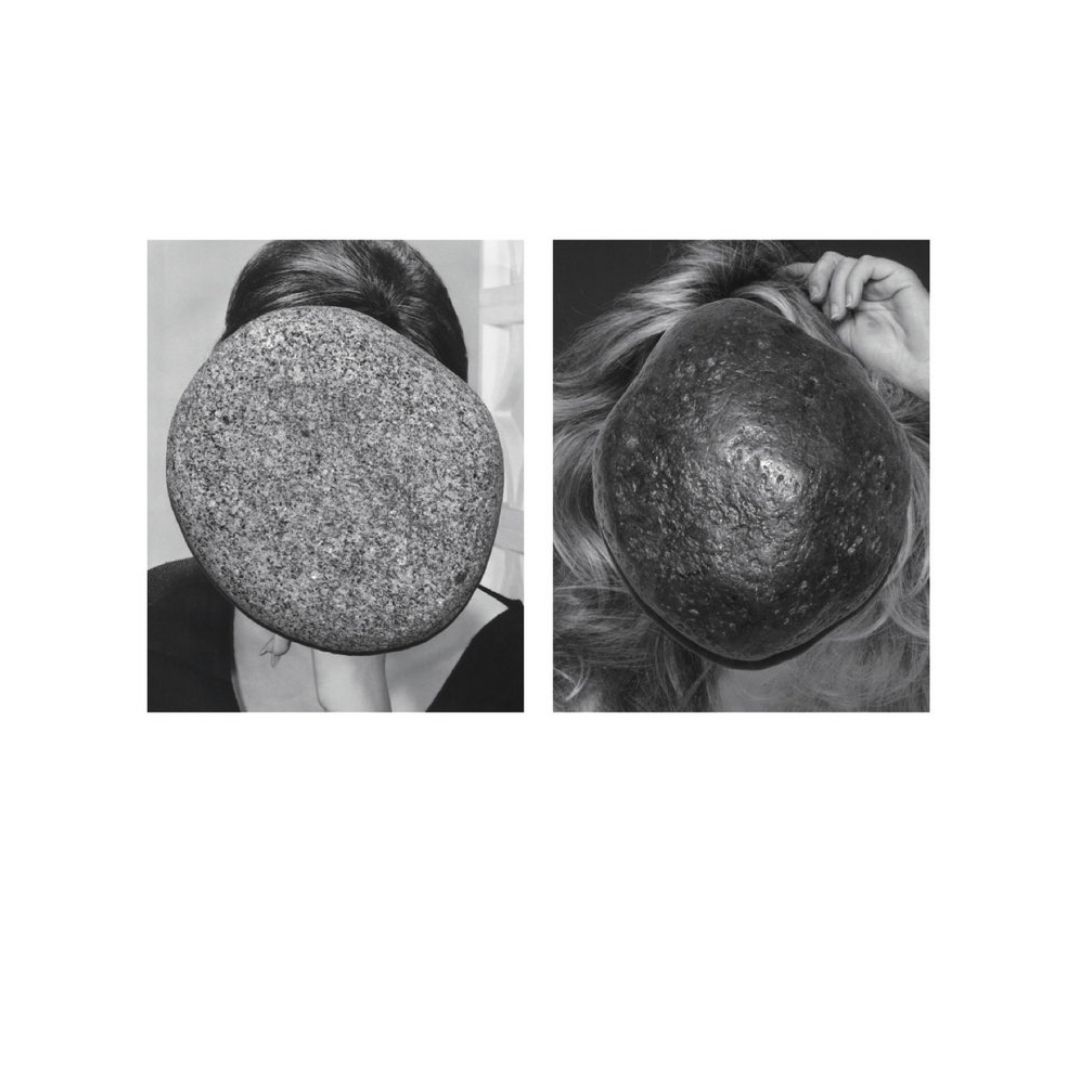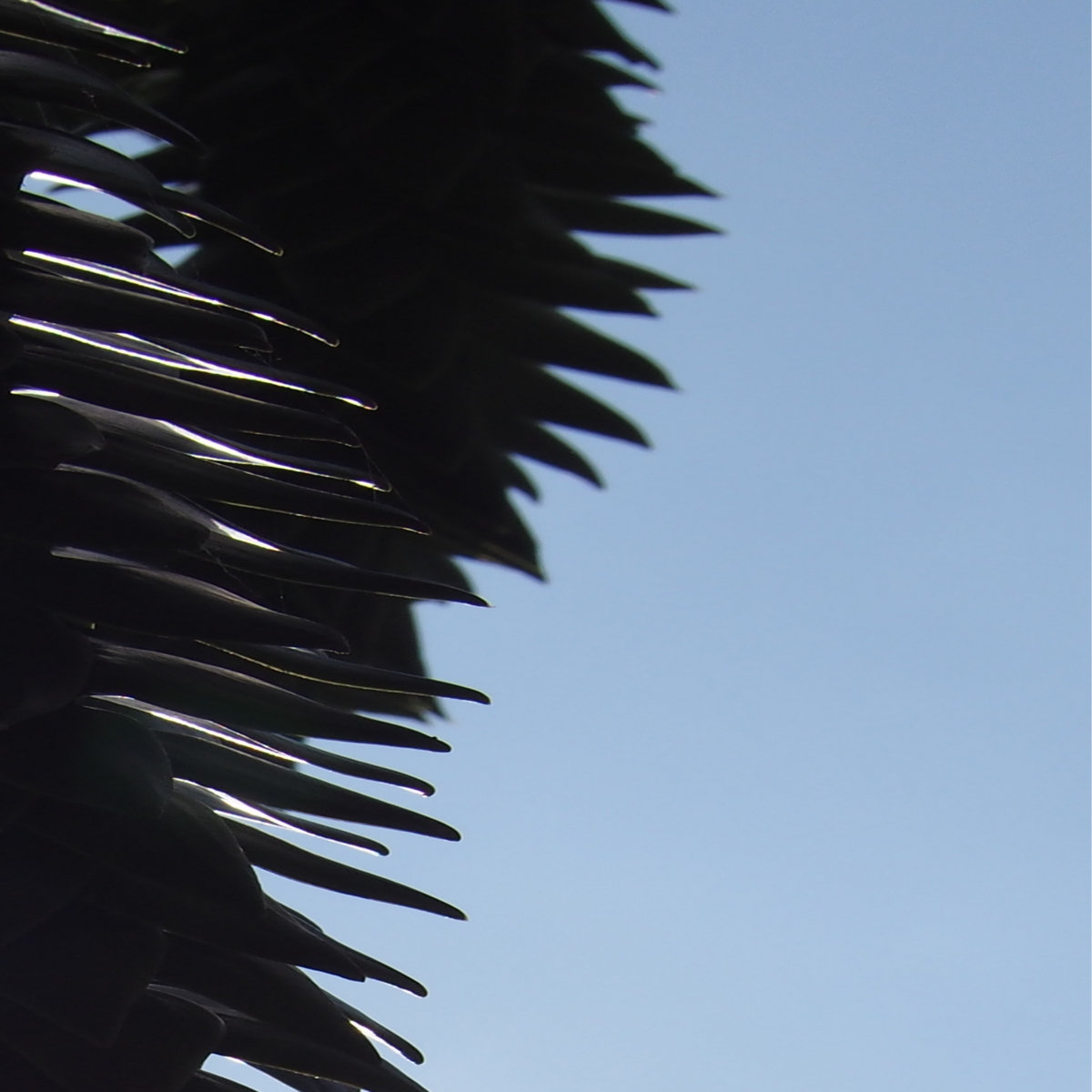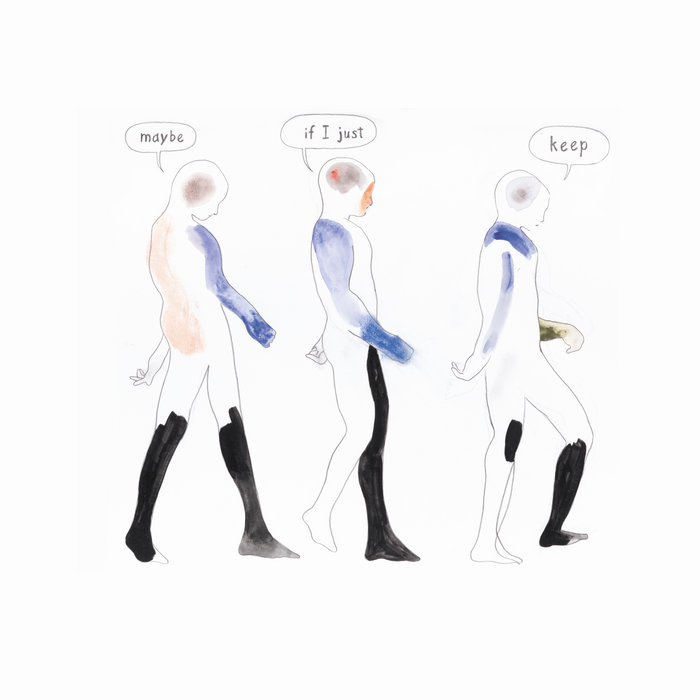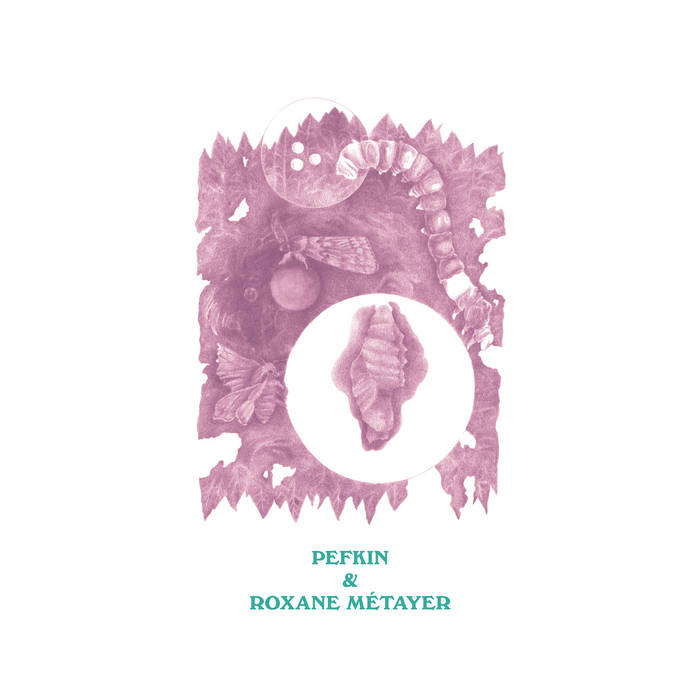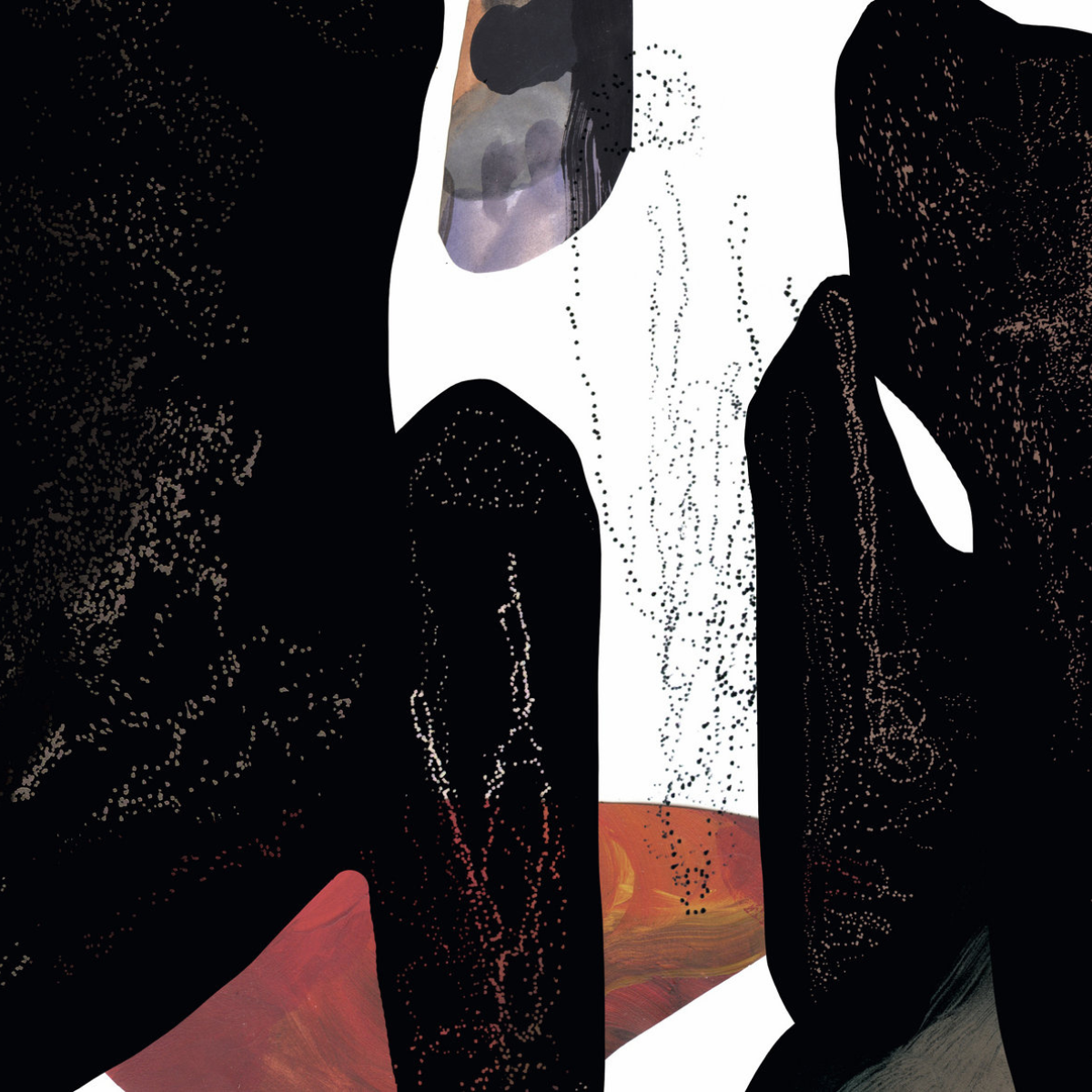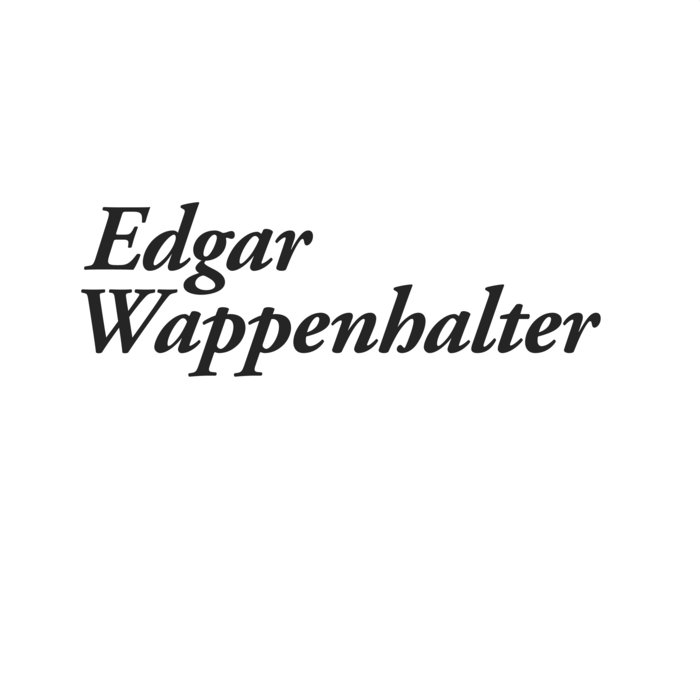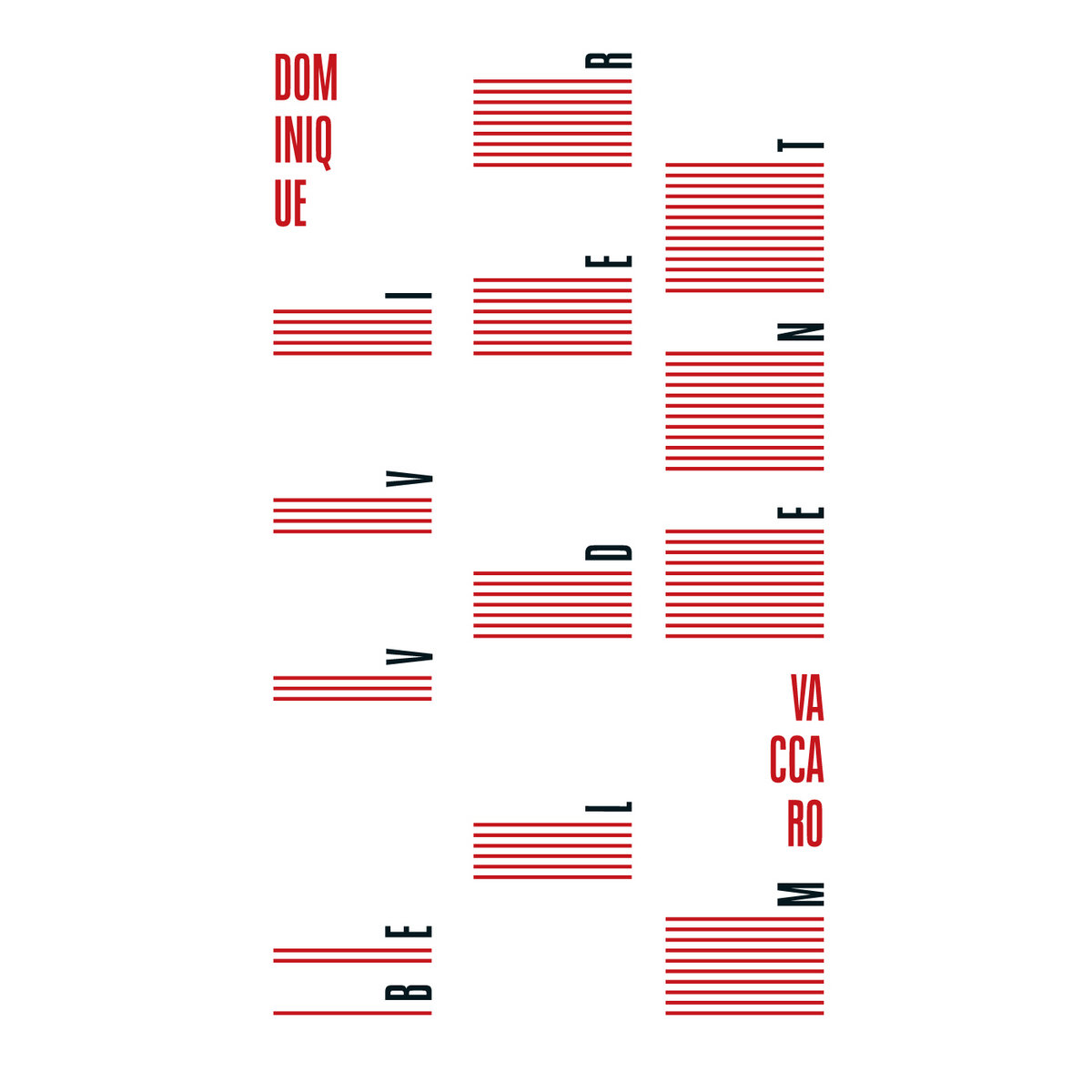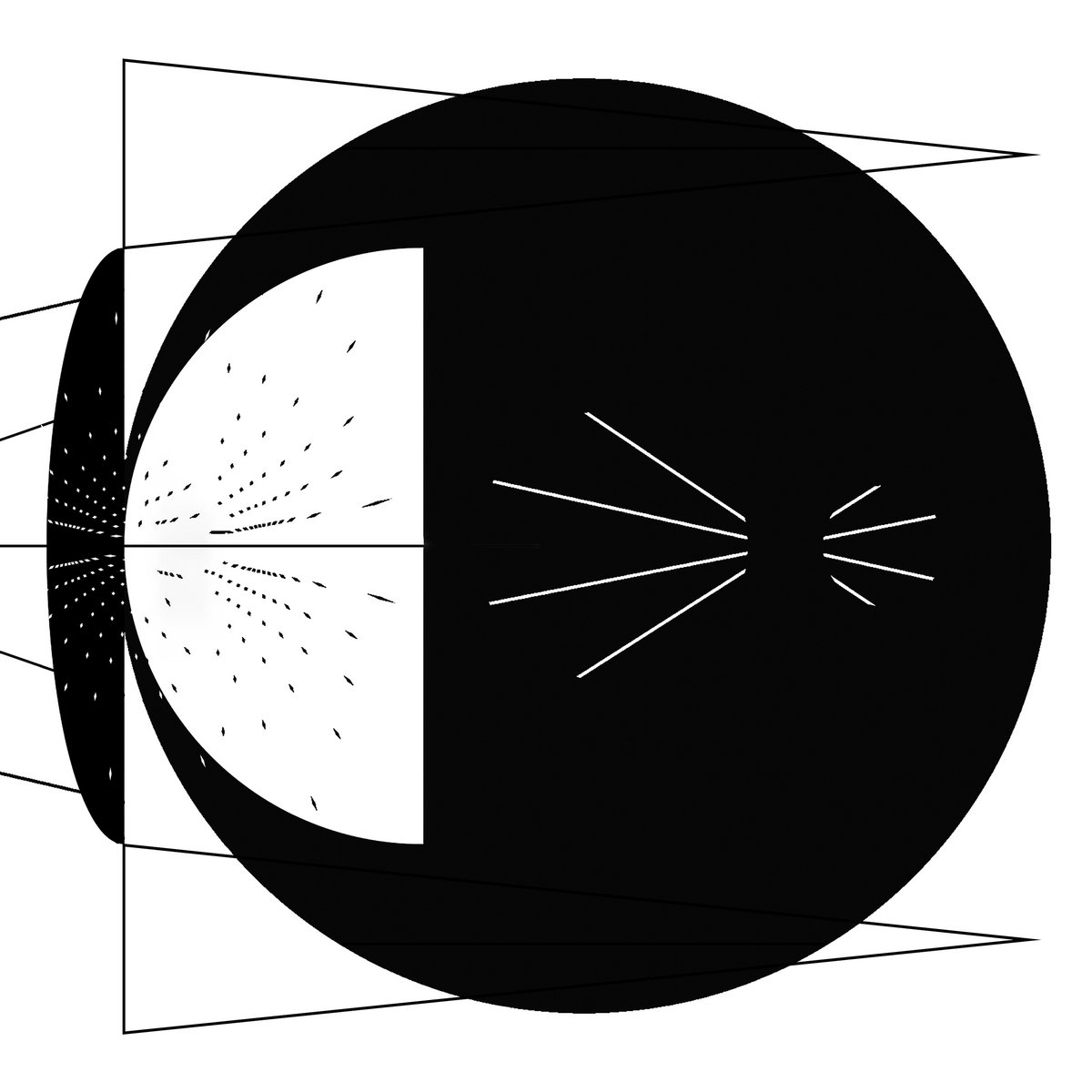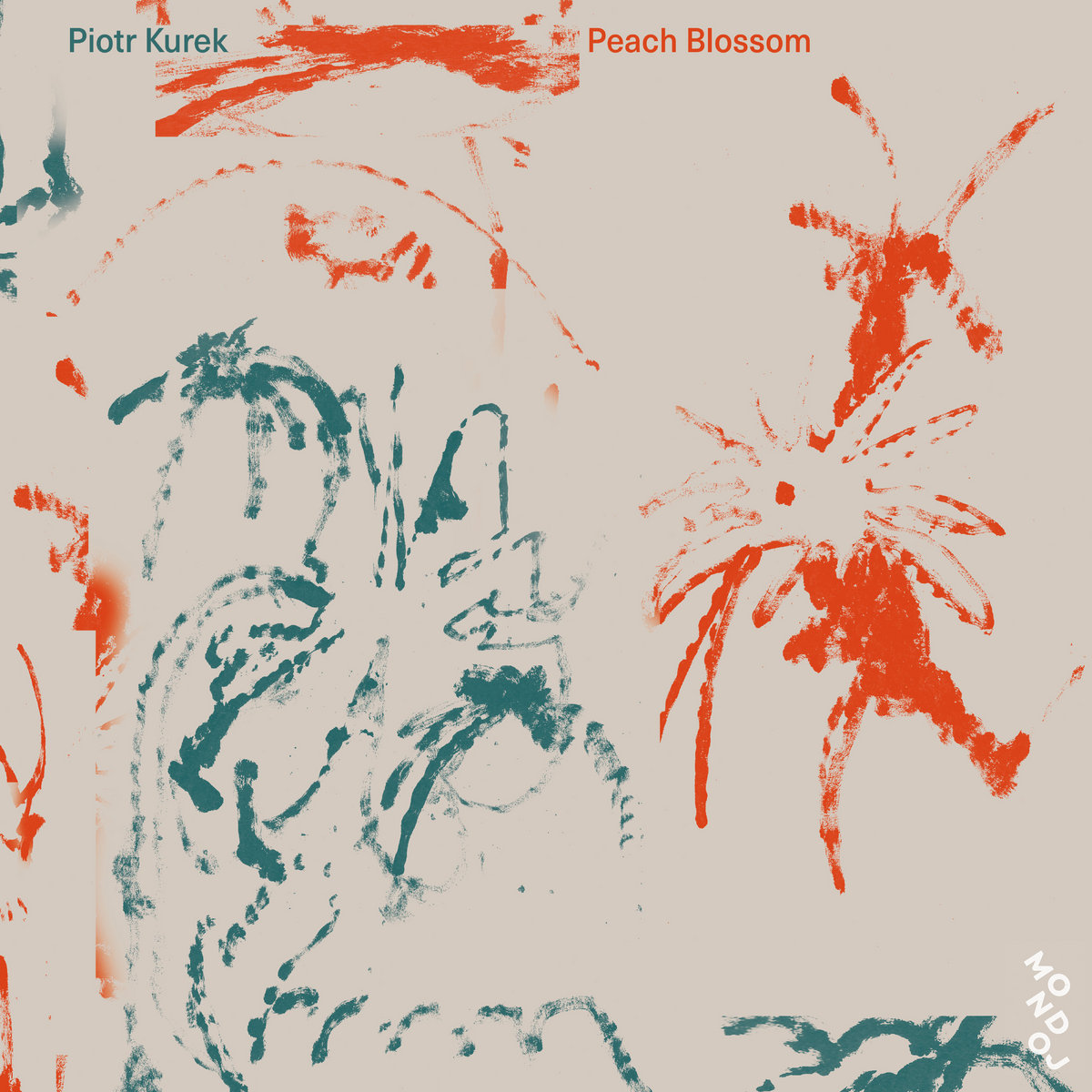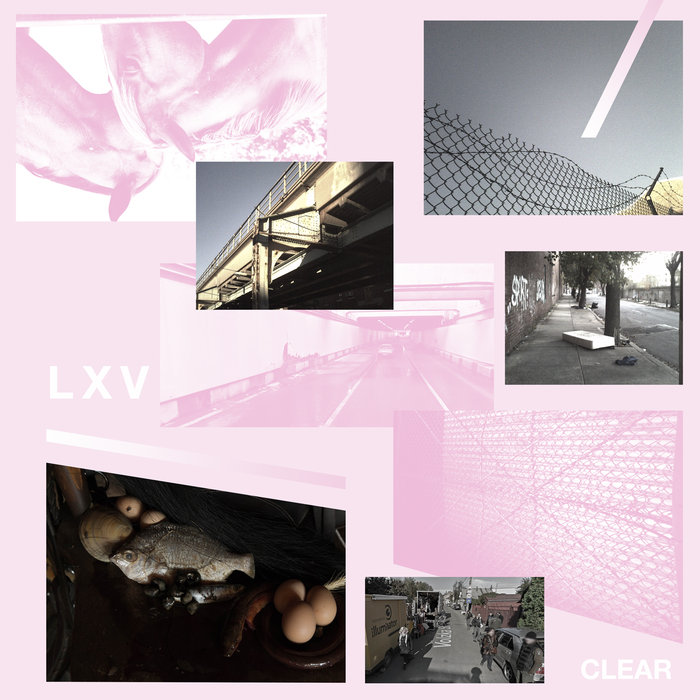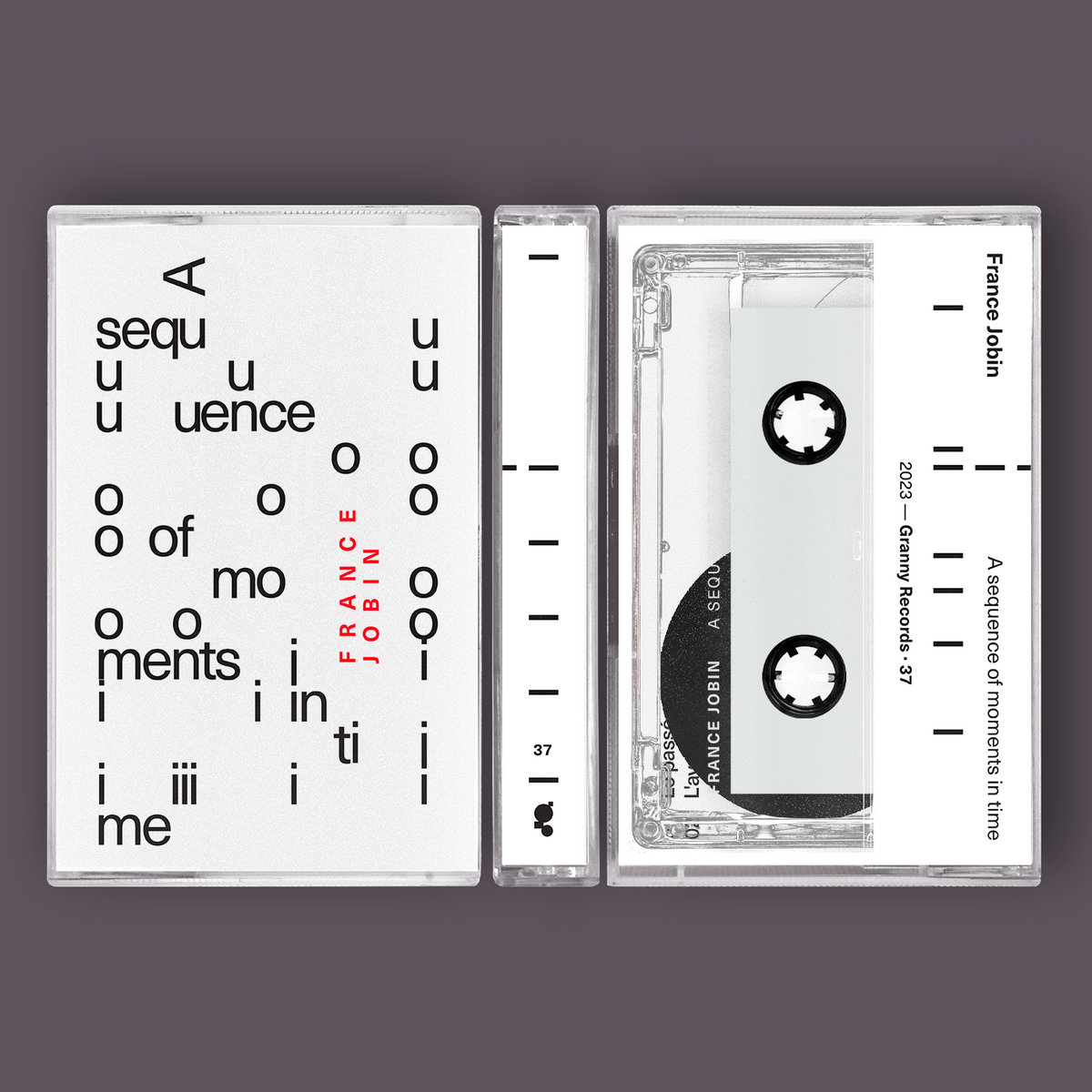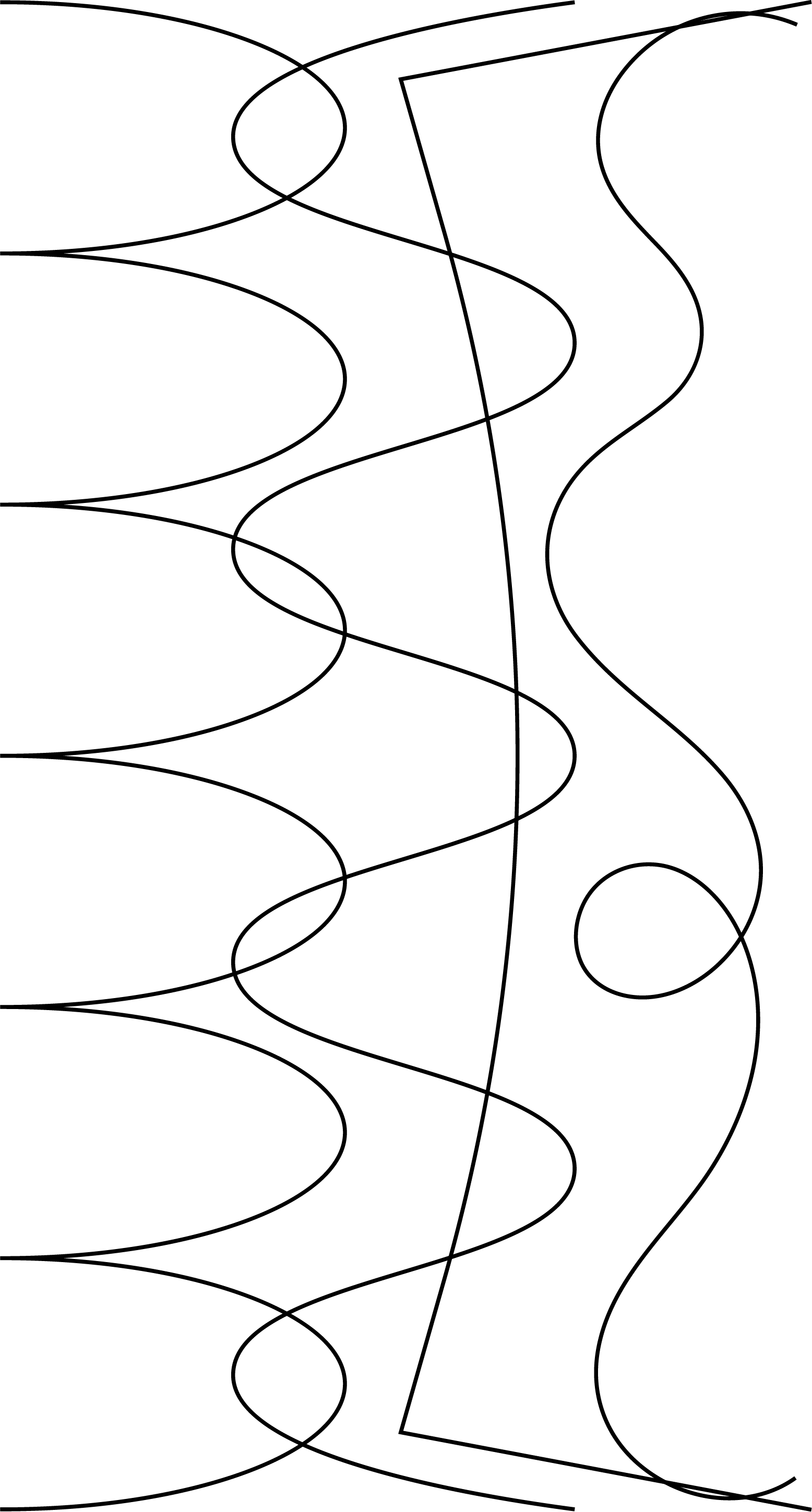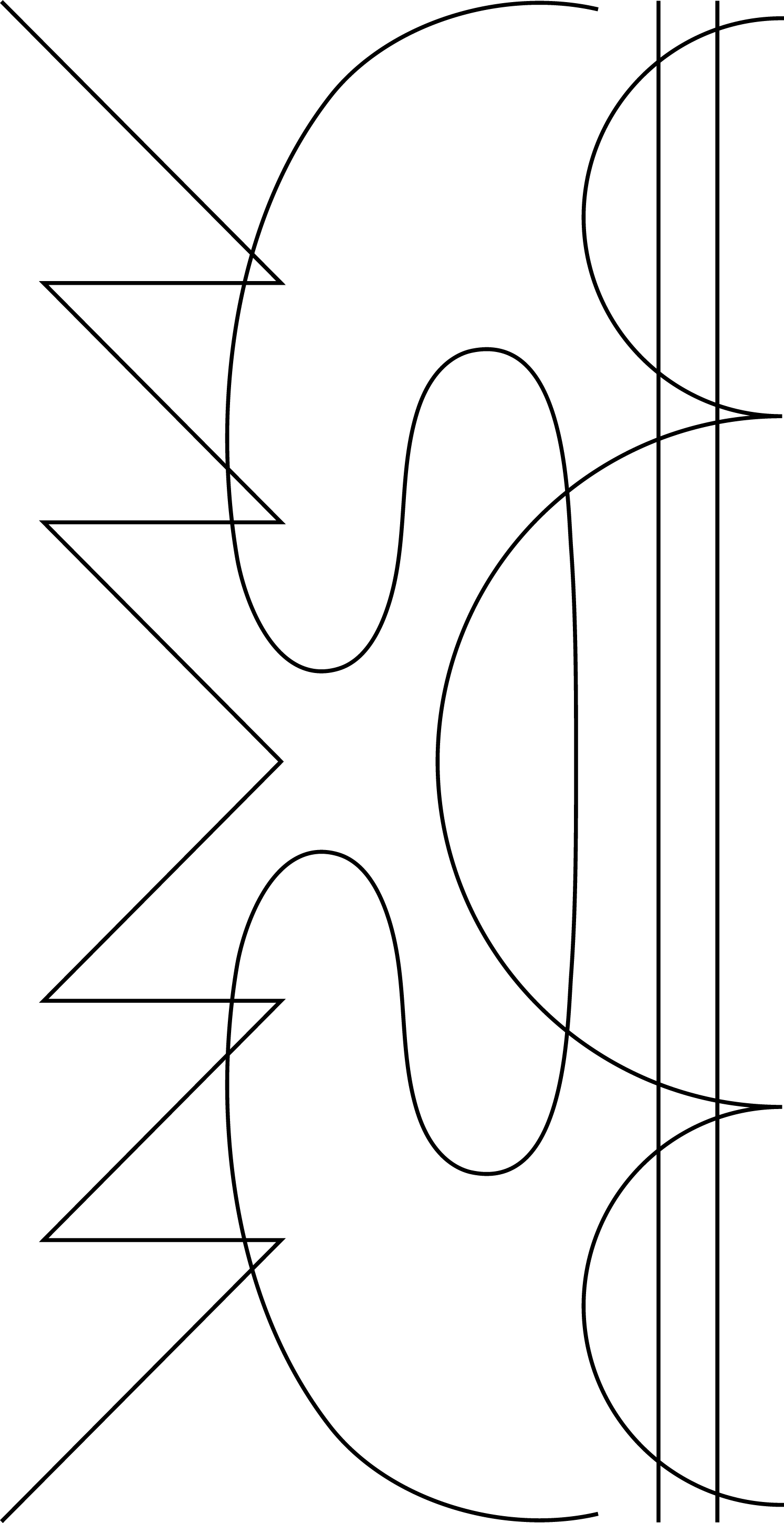why we love this
At the intersection of ambient and noise, industrial strokes and delicate echoes of brass come together. It impresses with its spaciousness and overpowers with its precision.
about the record
Andreas Dzialocha creates enchanting ghost music for 'For Always'. Animated by his solo bass playing and haunted by aleatoric acoustics, the record unearthes the instrument’s low end harmonics.
Dzialocha recorded the initial bass material residing at the Baltic Sea in Lithuania. Afterwards and in collaboration with Sam Slater, he reworked the material in Stockholm: there they re-amped the original stems and turned the studio itself into a living dub creature. Dzialocha, who is also a programmer, created an algorithm to sequence and filter the bass inputs. This software in turn randomly enables loudspeakers, headphones, and tape machines that were placed in corridors and staircases. As an eerie result, we hear both Dzialocha’s stripped-down bass playing, the (non)logic of the algorithm, as well as the specific resonances of the room acoustics: all of these have merged into one sentient instrument.
- 1 - I 4:05
- 2 - II 1:35
- 3 - III 5:40
- 4 - IV 5:36
- 5 - V 4:13
- 6 - VI 5:12
- 7 - For Always 4:03
Embed
Copy and paste this code to your site to embed.
€22,00
only 3 left
- 1 - I 4:05
- 2 - II 1:35
- 3 - III 5:40
- 4 - IV 5:36
- 5 - V 4:13
- 6 - VI 5:12
- 7 - For Always 4:03
Embed
Copy and paste this code to your site to embed.
why we love this
At the intersection of ambient and noise, industrial strokes and delicate echoes of brass come together. It impresses with its spaciousness and overpowers with its precision.
about the record
Andreas Dzialocha creates enchanting ghost music for 'For Always'. Animated by his solo bass playing and haunted by aleatoric acoustics, the record unearthes the instrument’s low end harmonics.
Dzialocha recorded the initial bass material residing at the Baltic Sea in Lithuania. Afterwards and in collaboration with Sam Slater, he reworked the material in Stockholm: there they re-amped the original stems and turned the studio itself into a living dub creature. Dzialocha, who is also a programmer, created an algorithm to sequence and filter the bass inputs. This software in turn randomly enables loudspeakers, headphones, and tape machines that were placed in corridors and staircases. As an eerie result, we hear both Dzialocha’s stripped-down bass playing, the (non)logic of the algorithm, as well as the specific resonances of the room acoustics: all of these have merged into one sentient instrument.
